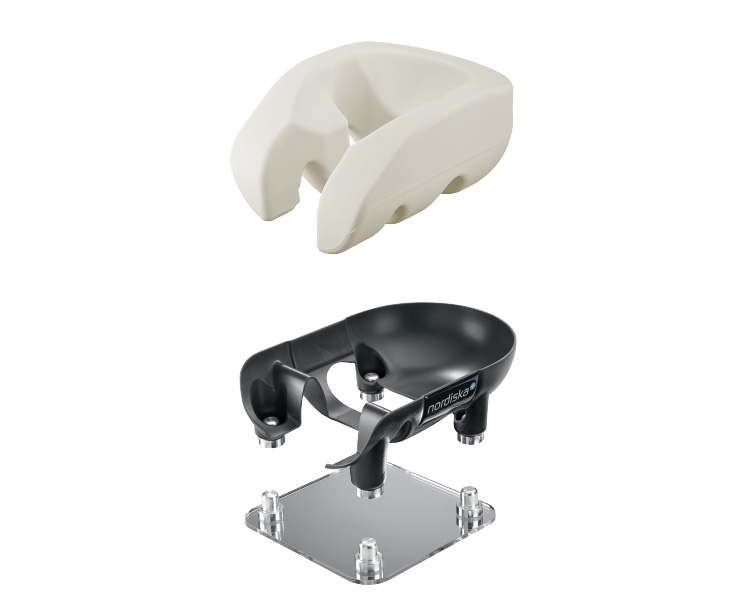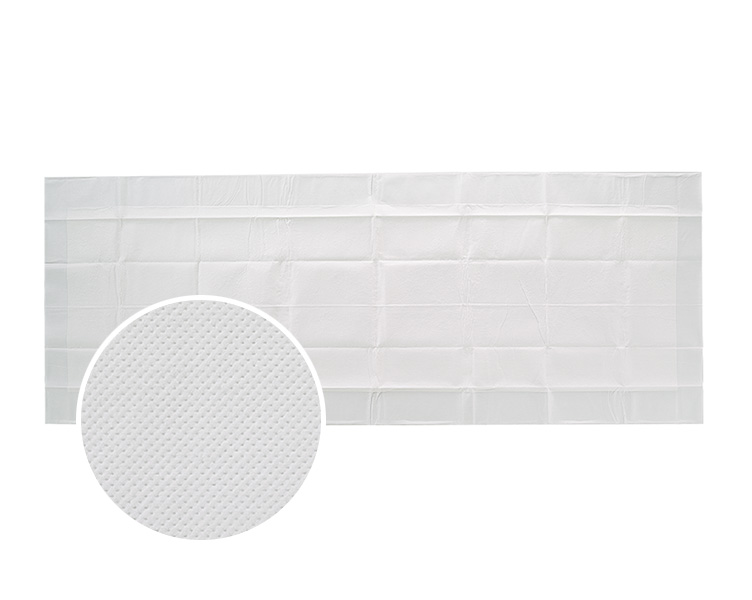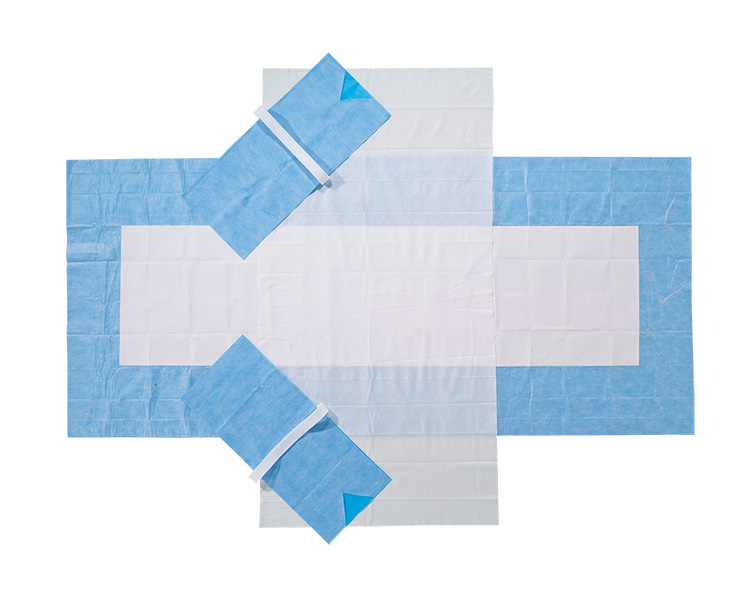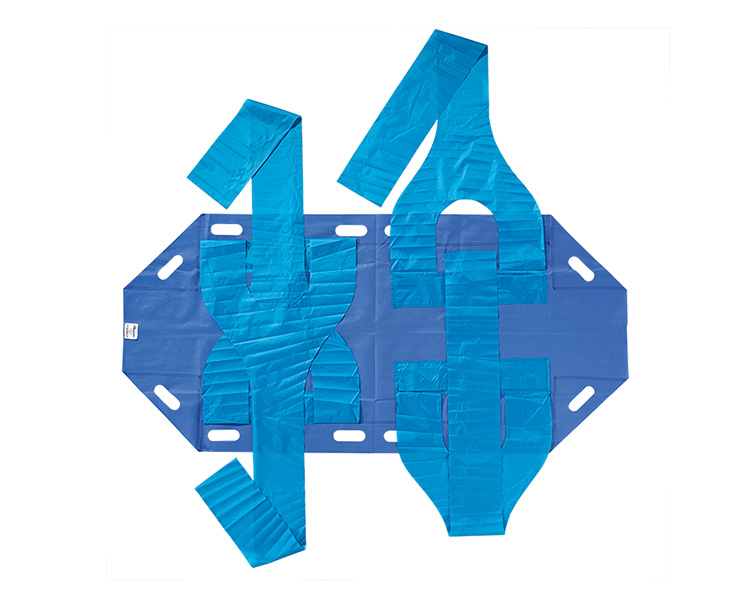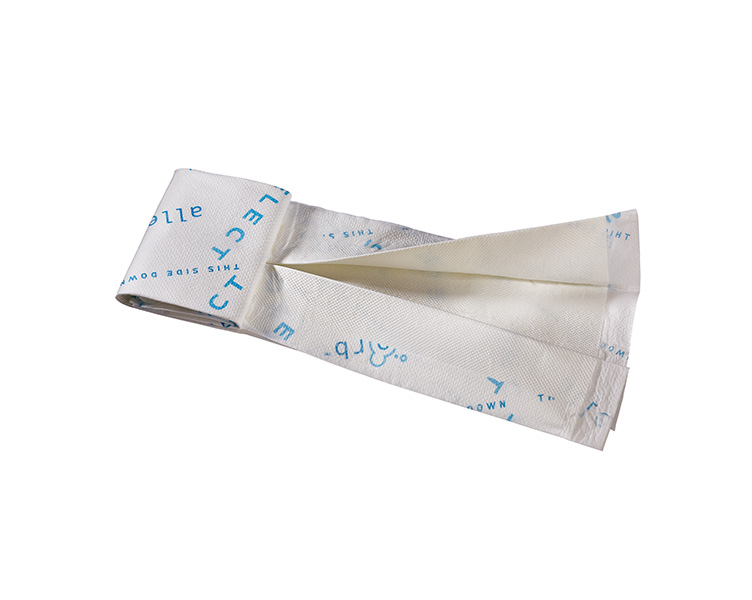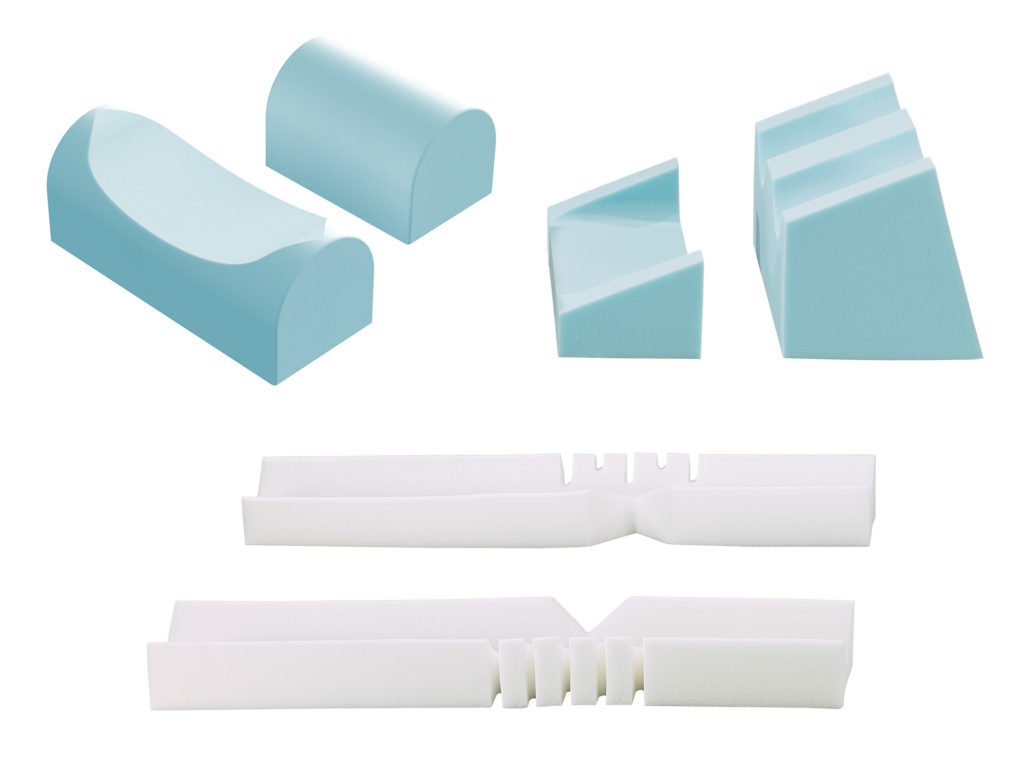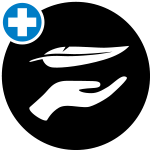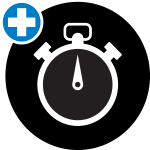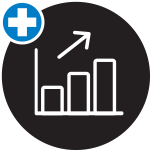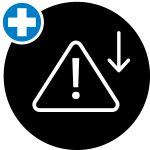Allerdings: Die Arbeit im OP muss nicht zwangsweise zu Rückenschmerzen, Bandscheibenvorfall und anderen Muskelskeletterkrankungen führen. Die Mitarbeiter selbst können etwas tun, indem sie Sport (Schwimmen etwa, Gymnastik oder Krafttraining) treiben und so für eine kräftige Rückenmuskulatur sorgen. Vor allem aber ist der Arbeitgeber gefragt. Für ihn heißt es: Mitarbeiter immer wieder in rückengerechter Arbeitsweise schulen lassen, eventuell Kinästhetik anbieten und vor allem: Hilfsmittel für den Transfer bereithalten. Dazu gehören beispielsweise eine Tischauflage, die sich idealerweise auch gleich als Transfertuch bis 300 Kilogramm nutzen lässt, und ein spezielles Transfertuch mit Laschen, welches erlaubt, den Patienten in die Bauchlage zu drehen.
Auch die BGW empfiehlt Hilfsmittel wie diese eindringlich. „Nutzen Sie sie konsequent, um die Belastungen für Ihren Rücken und Ihre Wirbelsäule im richtigen Maß zu halten“, heißt es bei der Berufsgenossenschaft. Dass sich die richtige Hebetechnik und die kleinen Hilfsmittel lohnen, zeigt auch die Dortmunder Lumbalbelastungsstudie: Die Druckkraft von knapp 5 Kilonewton (entsprechen 500 Kilogramm) reduziert sich um mehr als die Hälfte auf 1,9 Kilonewton. Damit liegt die Druckkraft sogar ein wenig unter dem Dortmunder Richtwert für Frauen im Alter von 50 Jahren. Er beträgt 2,5 Kilonewton, für Männer liegt er etwas höher, bei 2,7 Kilonewton.
Sogar die Kommission für Krankenhaushygiene und Infektionsprävention (KRINKO) beim Robert Koch-Institut rät zu Umbetthilfen wie Einweg Transfertüchern in ihrer aktuellen Empfehlung aus April 2018 zur „Prävention postoperativer Wundinfektionen vor allem bei der Patientenübergabe. Es kommt so zu weniger Kontakten mit unterschiedlichen Oberflächen, was das Risiko für Kreuzkontaminationen mindert.“



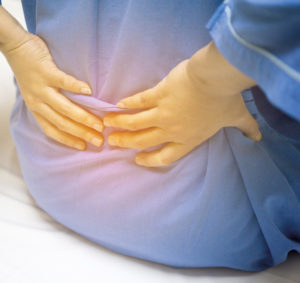 According to the German Trade Association for Health Service and Welfare Care (BGW), the heavy workload in the operating theatre can lead to shoulder, neck and back complaints. A BGW study revealed that half of the 1,390 nurses surveyed had complaints in the lumbar spine area (in the past four weeks).
According to the German Trade Association for Health Service and Welfare Care (BGW), the heavy workload in the operating theatre can lead to shoulder, neck and back complaints. A BGW study revealed that half of the 1,390 nurses surveyed had complaints in the lumbar spine area (in the past four weeks).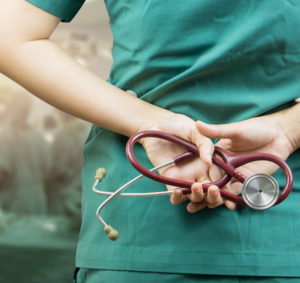 It is hardly surprising that many nurses are leaving the operating theatre: In the OR Barometer, 46 percent of those questioned complained about high fluctuation. The top-level management of hospitals must act. The operating theatre is the economic heart of the clinic and it is in this very area that increasingly capacity has to be reduced due to a lack of surgical specialists. In the Hospital Barometer of the German Hospital Institute (DKI), around a third of clinics reported having reduced the number of operations in selected operating theatres and occasionally closing some operating theatres.
It is hardly surprising that many nurses are leaving the operating theatre: In the OR Barometer, 46 percent of those questioned complained about high fluctuation. The top-level management of hospitals must act. The operating theatre is the economic heart of the clinic and it is in this very area that increasingly capacity has to be reduced due to a lack of surgical specialists. In the Hospital Barometer of the German Hospital Institute (DKI), around a third of clinics reported having reduced the number of operations in selected operating theatres and occasionally closing some operating theatres.